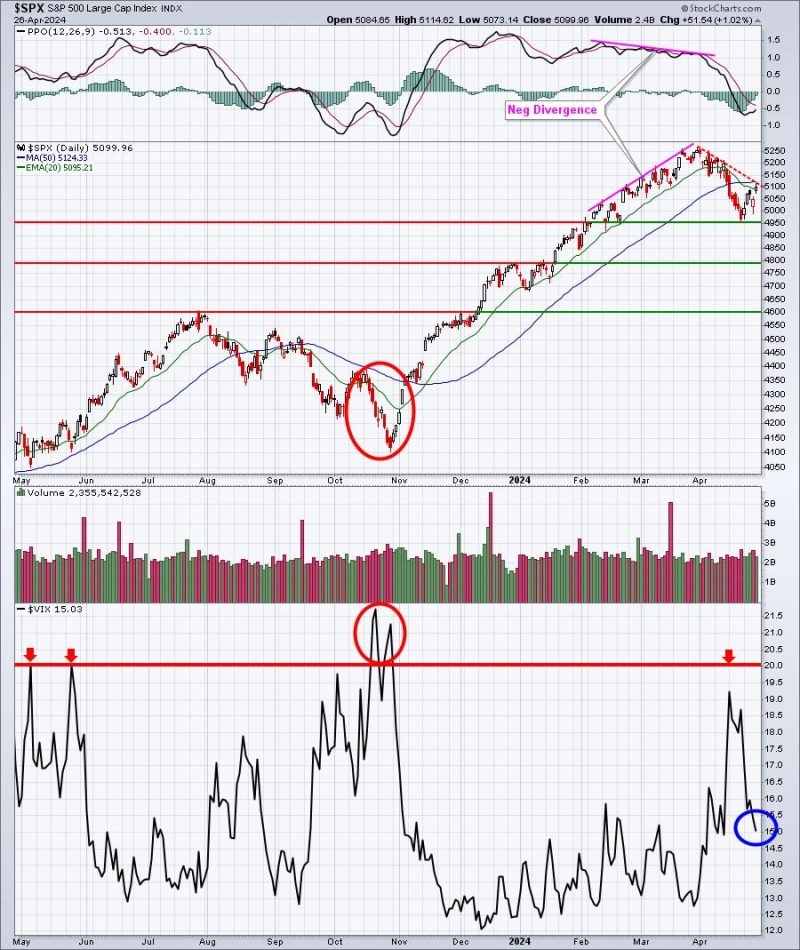In the financial market dynamics, swings often occur. Last week was no exception. The market experienced a substantial rebound, an outcome of several factors that commanded attention from investors and financial analysts alike. This article aims to delve into the specifics of the events that transpired in last week’s robust rebound, offering insight into what it means and why it is significant.
The first aspect that played a significant role in the rebound is the resurgence of investor confidence. After a period of rather tedious market sentiment, increased investor confidence was palpable last week. This upswing in confidence was spurred by several events including promising reports of progress on vaccine rollouts, optimism around the recovery of the global economy, and positive corporate earnings results from some prominent companies.
Secondly, the Federal Reserve’s continued assurance of its support for the economy did not go unnoticed. Underscoring its commitment to keeping interest rates near zero until the mission of maximum employment and stable prices is achieved, the central bank’s position alleviated fears around sudden monetary policy adjustments. The Federal Reserve’s supportive stance appeared to further calm the markets and facilitate the rebound.
Next, the drive towards value stocks. Over the past few months, growth stocks, particularly in the tech field, have significantly lost their luster. Investors have been shifting their focus towards value stocks — companies that are often overlooked but are expected to show consistent growth over the medium to long term. This shift added a new dynamic to the rebound, underscoring the market’s appetite for diversity and lower risk.
To add to that, the stimulus package and infrastructure proposal from the Biden administration also contributed to the market mood. The optimism around more government spending has been a marked boost to market sentiment generally, which certainly demonstrated its influence in the most recent rebound.
Market rebounds can sometimes act as a precursor to a bullish market, but this is not always the case. It is also essential to remember that some rebounds can be short-lived. Seasoned investors typically remain cautious during such periods, waiting for more concrete signs of a sustained recovery.
Importantly, it is also necessary to consider geopolitical events. Last week saw a certain easing of tensions in some global hotspots, which served to enhance market confidence even further. The willingness for enemies to engage in constructive dialogue is always seen as a positive by the markets, as it removes a significant layer of uncertainty.
In conclusion of last week’s series of events, it is imperative that investors and market participants maintain a balanced view of market performance. A single week’s rebound may not necessarily signal a longer-term trend. Therefore, while it is worth noting the elements that contributed to this positive shift, it is equally essential to stay attuned to potential future triggers that could unsettle the market’s equilibrium. Staying informed and up-to-date with global events and their potential market impact will allow you to navigate these dynamic times more efficiently.




